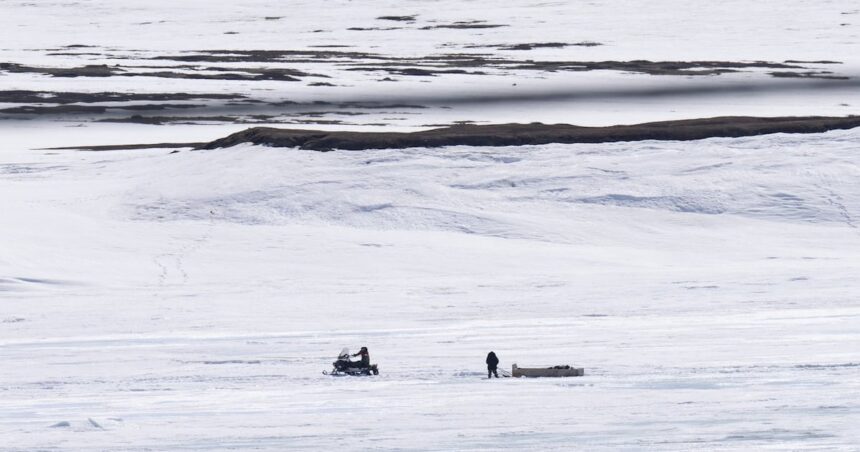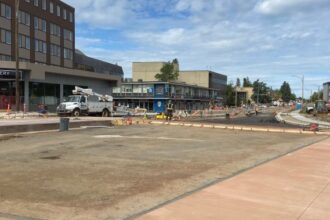The remote Inuit village of Salluit in Quebec’s Nunavik region is facing an unprecedented water distribution crisis that threatens the health and wellbeing of its 1,600 residents. As temperatures plummeted to -35°C last week, the community’s aging water infrastructure suffered multiple failures, leaving many households without access to this essential resource for over ten days.
“We’re rationing what little bottled water we have,” explains Sarah Koperqualuk, a 42-year-old resident and mother of three. “My children haven’t had a proper bath in over a week. We’re melting snow just to flush our toilets. This isn’t how Canadians should have to live in 2025.”
The crisis stems from a perfect storm of challenges: frozen water lines, insufficient pumping capacity, and mechanical breakdowns at the community’s water treatment facility. Local officials report that approximately 40% of homes are currently without running water, with no immediate solution in sight despite emergency response efforts.
This situation highlights the glaring infrastructure disparities between Canada’s northern Indigenous communities and southern urban centers. According to CO24 News, similar water crises have affected at least seven other northern Inuit and First Nations communities this winter alone, pointing to a systemic problem rather than isolated incidents.
Provincial officials from Quebec’s Ministry of Indigenous Affairs have pledged emergency assistance, including the airlifting of bottled water supplies and temporary water purification equipment. However, these stopgap measures fail to address the underlying infrastructure deficiencies that have plagued the community for decades.
“Every winter, we hold our breath wondering if this will be the year our water system completely fails,” says Thomas Annanack, a member of Salluit’s municipal council. “We’ve been requesting infrastructure upgrades for over a decade, but meaningful action has been consistently delayed.”
The business impact is equally severe. Local enterprises have been forced to close, and the community’s fish processing plant—a significant employer—has suspended operations indefinitely. The economic toll compounds the humanitarian concerns, threatening the community’s long-term sustainability.
Health officials express growing alarm about sanitation risks. Dr. Marie Rochette, regional public health director for Nunavik, warns: “The longer this situation persists, the greater the risk of gastrointestinal illnesses, skin infections, and other waterborne health issues. This has become both a public health emergency and a human rights concern.”
Federal Indigenous Services Minister Patricia Hajdu has promised to expedite emergency funding, acknowledging in a statement that “the situation in Salluit reflects unacceptable conditions that no Canadian community should face.” However, community leaders question why preventative measures weren’t implemented years ago, despite numerous engineering reports highlighting the vulnerability of their water system.
As engineers and technicians race against time and harsh weather conditions to restore water service, residents of Salluit continue to endure hardships that would prompt national outrage if they occurred in Montreal, Toronto, or Vancouver. This raises profound questions about Canada’s commitment to reconciliation and equitable treatment of Indigenous communities: When will we as a nation decide that every Canadian deserves the same basic infrastructure regardless of geography or heritage?










